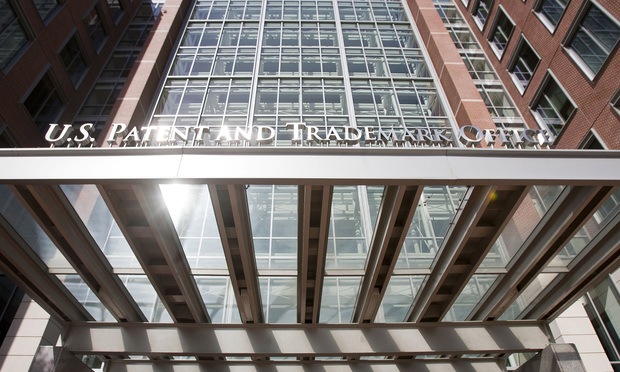Two years ago, the Leahy-Smith America Invents Act introduced new administrative proceedings called inter partes reviews for challenging patent validity. Before AIA passage, IPRs were touted as vehicles for addressing mistakenly issued patents early, before disrupting entire industries or causing expensive litigation.
Three primary benefits of IPRs are most often mentioned. Those include speed—IPRs proceed under an expedited, statutory timeline that will see a final written decision within 16 to 18 months after petition filing; a friendly venue for patent challenges—technically-trained administrative law judges in the United States Patent & Trademark Office (USPTO) decide IPR validity challenges, rather than lay juries, like in U.S. district court litigation; and a lower evidentiary standard of proof—patent claims are stuck down during an IPR if a preponderance of the evidence shows the claims are either not new or anticipated, or would have been obvious over prior art patents and printed publications.
This content has been archived. It is available through our partners, LexisNexis® and Bloomberg Law.
To view this content, please continue to their sites.
Not a Lexis Subscriber?
Subscribe Now
Not a Bloomberg Law Subscriber?
Subscribe Now
LexisNexis® and Bloomberg Law are third party online distributors of the broad collection of current and archived versions of ALM's legal news publications. LexisNexis® and Bloomberg Law customers are able to access and use ALM's content, including content from the National Law Journal, The American Lawyer, Legaltech News, The New York Law Journal, and Corporate Counsel, as well as other sources of legal information.
For questions call 1-877-256-2472 or contact us at [email protected]



